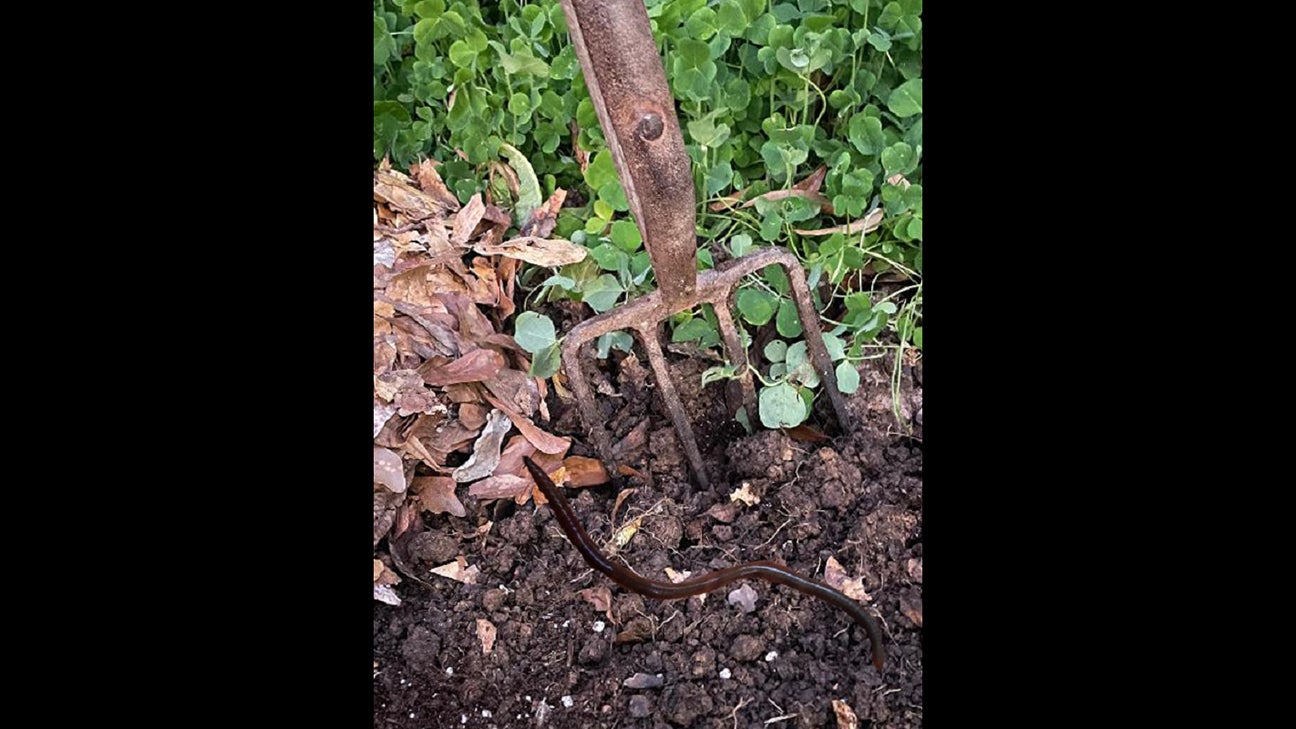Is smart gardening really smart, or just lazy?
Published 8:00 am Saturday, February 26, 2022

- Photo by Felder Rushing / Is smart gardening really smart, or just lazy?
Is gardening smart really smart, or just lazy? Doesn’t matter, it works for me as I age out of feeling like laying flagstone, prying up tree stumps, or unnecessary pruning.
Or digging. I finally wised up to the myth of Sisyphus, the ancient king doomed to roll a rock up a mountain, only to watch it tumble back down and having to trudge after it to start rolling up uphill again. Something about endless, ceaseless toil.
So, with gardening being my hobby, and talking about it being my work, I’ve begun to temper what I do towards working at gardening. Which means planning ahead to eliminating unnecessary tasks, losing some of the clutter, removing or replacing bothersome plants, and hiring others do the heavy lifting.
The biggest chore I have, other than twice-annual marathon weeding and spreading fresh mulch, is digging my scattered handful of small flower plots and my 4×30 foot raised bed veggie garden in the spring for summer plants, then digging them again in the fall for stuff that grows over winter and spring.
Took me awhile to figure out a simple recipe that takes the chore out of digging the dirt. When I made a new raised bed a couple of years ago, I dug the clay inside over a shovel deep, then used a borrowed tiller to break up the clods. There’s a temporary window of opportunity for digging new dirt, when its neither too wet and clumpy or hard and dry as concrete. Medium size hunks of clay left to sweat a day or two shatter into crumbs with a rake or the back of a shovel.
Oh, and I fractured and loosened the bed’s bottom that the tiller scraped too smooth and hard for roots to penetrate. Then I spread some organic matter atop the soil, a couple inches of bark mulch for bulk and an inch or two of compost or manure for richness, and mixed it well with the fresh native dirt. Lastly, I spread a layer of tree leaves and bark mulch over it all, and I’m done.
For the rest of my gardening life, I now follow a simple two-step routine: Every time I dig the beds I just use a trowel or my turning fork to lightly dig in the old mulch, then spread new mulch, then add plants. Doing this gets easier every time, and my heavy Yazoo clay has become as rich and crumbly as caramel cake.
Sometimes I grow my own stuff to add to the dirt. Last fall I sowed crimson clover seed over a bare area of my raised bed, and already it is a foot thick, with roots growing deep and loosening the soil while converting and storing nitrogen fertilizer from thin air and drying out the wet soil. In a couple of weeks I’ll cut it down, let it dry a couple of days, then simply slice it halfway into the soil.
And this is where earthworms start doing their thing. They eat the dug-in clover, and at night come up to nibble my tree leaves and carry it all way down deep in worm-compost filled holes, perfect for air, water, and roots to penetrate deeply. I make “my girls” even happier by once a year lightly dusting beds with cottonseed meal, which has both natural nitrogen and protein that helps beef up skinny, pale, see-through worms into dirt-digging monsters.
Smart, or lazy? No matter, it means no more hard digging. Do it right once, mulch with leaves, maybe grow winter clover, and feed the worms. They’ll take it from there.
Felder Rushing is a Mississippi author, columnist, and host of the “Gestalt Gardener” on MPB Think Radio. Email gardening questions to rushingfelder@yahoo.com.





